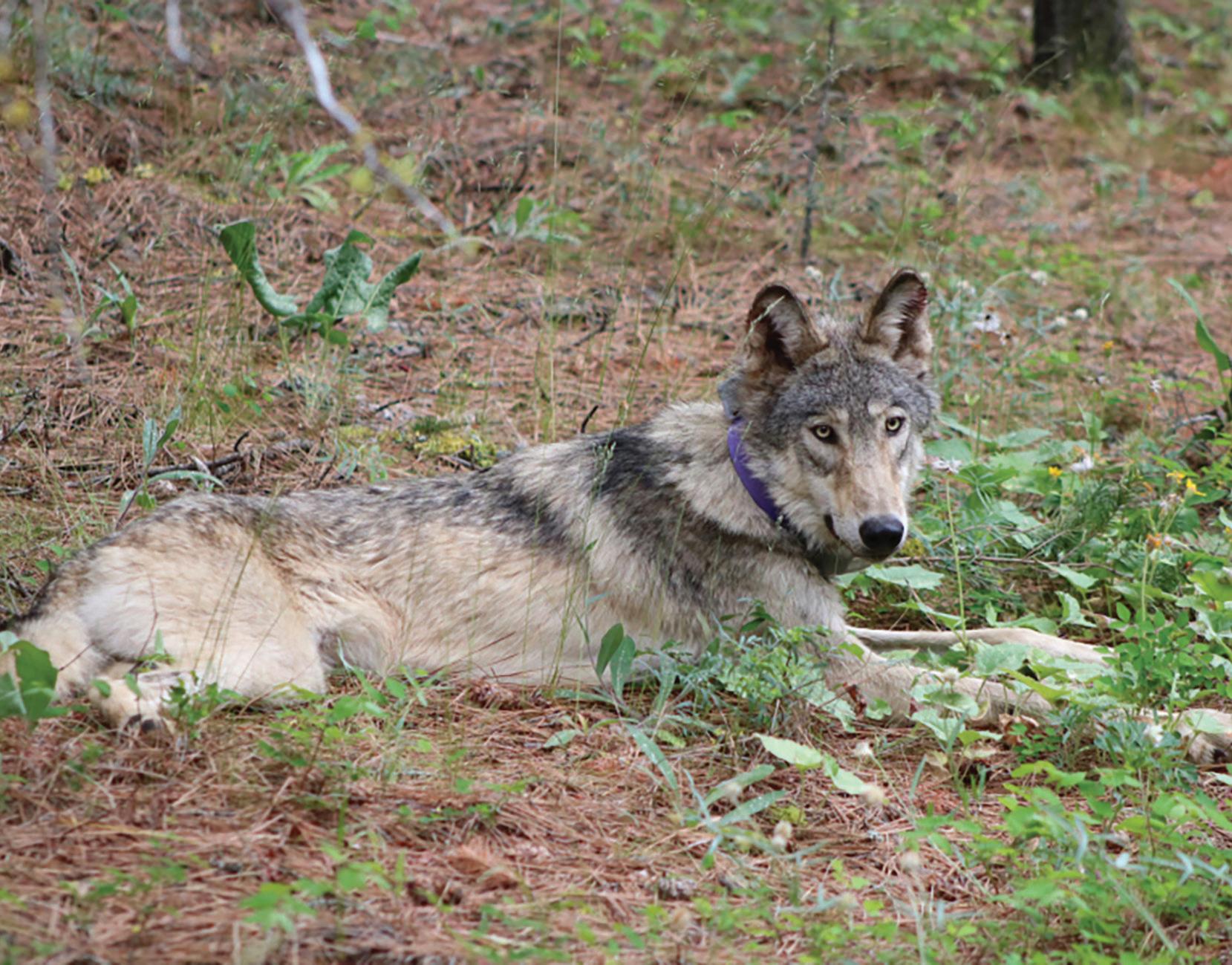
1 minute read
Wildlife Migration: An All-Hands, All Lands Issue By Don Larson, Arizona Game & Fish Department
Wildlife Migration: An All-Hands, All-Lands Issue
By Don Larson, Arizona Game & Fish Department
Advertisement
As the stewards of private, State Trust, and federal grazing lands, our state’s ranchers are critical partners in Arizona’s management of healthy big game populations. Wildlife migrate in order to access food, water, and shelter across our state’s ever changing landscape. For large animals like mule deer, elk, and pronghorn, seasonal ranges are sometimes separated by over 50 miles! The strips of habitat connecting those seasonal ranges (sometimes referred to as ‘corridors’)often cross both public and private lands. That is why landscape-level management, particularly healthy rangelands and water sources, are critical for migratory wildlife. The Mule Deer Foundation (MDF) and Arizona Game and Fish Department (AZGFD) have been using Global Positioning System (GPS) collars to track and map the migrations of big game. The GPS information has shown us that migrations are not just a continuous nonstop movement. During migration, animals use a series of ‘stopovers’, the equivalent of a gas station, to fill up on food and water throughout their journeys. The GPS data also shows us where man-made barriers such as fences or roads may be preventing natural movement. Using this information, habitat improvements can be implemented efficiently in a targeted approach that has the highest benefit. For example, maybe it is only a small section of fence in need of wildlife-friendly improvements, or a few key water sources in stopover areas in need of extra capacity or maintenance to benefit an entire population. Since 2018, information collected from GPS collar data has helped MDF and AZGFD to secure over $1.1 million for habitat improvement projects on over 9,000 acres on both public and private lands through several Federal habitat enhancing grant programs. The majority of these funds are matched with State and other partner money, resulting in over $2.2 million on the ground for habitat improvements. The continued teamwork between state and federal agencies, private land owners/lessees, non-profit organizations, and the ranching community showcases these positive outcomes for rangelands, which will help ensure healthy habitat for Arizona’s migratory wildlife and improved livestock grazing.










